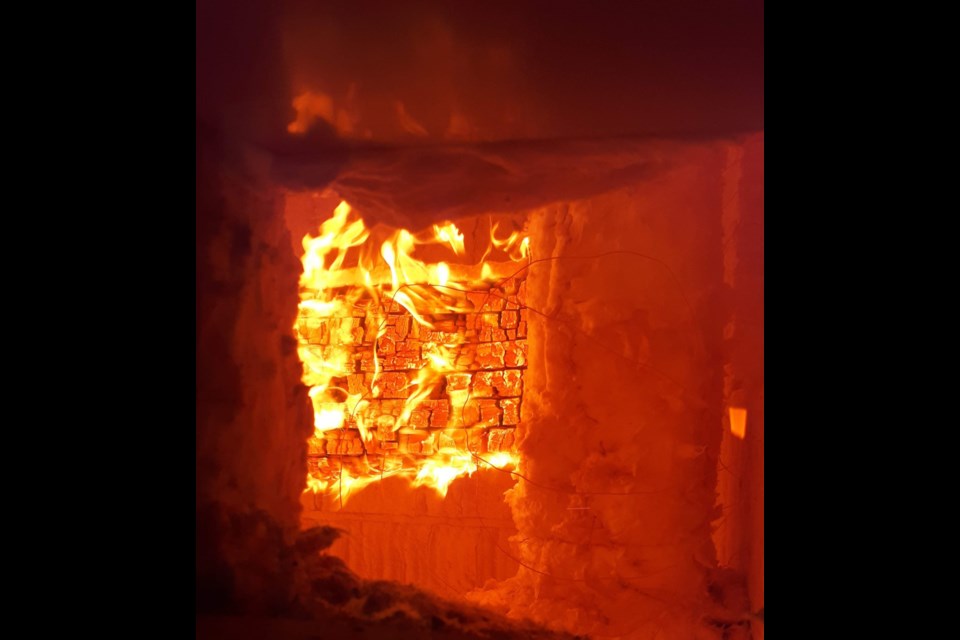THUNDER BAY — A new product designed by a team at Lakehead University could be used in the construction of mass timber high-rise buildings.
Mass timber uses state-of-the-art technology to glue, nail, or dowel wood products together in layers to create large structural panels, posts, and beams.
It's engineered for high strength ratings such as concrete and steel but weighs significantly less.
Lakehead Civil Engineering professor and department chair Sam Salem worked with graduate student Cory Hubbard to develop and test a cutting-edge timber beam-to-column connection.
It's designed to achieve one hour of resistance from fire without any additional protection.
Their idea has received a patent certificate from the Canadian Intellectual Property Office and has patent-pending status in the US.
Salem calls the growing use of mass timber in high-rise building an exciting trend in building design.
"With advanced research on the structural fire performance of innovative building systems, mass timber tall buildings can reach heights comparable to those made of other materials," Salem said.
He and Hubbard described their product in a research article published in Elsevier, a leading journal in fire safety engineering.
The new connection configuration utilizes two fully concealed, mechanically fastened steel rods in glulam beams – made of glued laminated timber.
It was successfully evaluated in experiments in the Fire Testing and Research Laboratory at Lakehead.
"Fire is a serious hazard for all buildings regardless of the construction material in use," Salem said. "Advantageously, and unlike light-frame wood construction, mass timber like the glulam sections utilized in this research char on the outside when exposed to fire while retaining strength and slowing combustion."
Hubbard said he followed the "keep it simple" model in designing the connection.
"It is strong and simple to create, has repeatable results, and looks good too."
Hubbard added "It will please both the architect and the engineer for its concealed design and performance in fire with no addition of extra ugly fire protection."
Salem's research was funded mainly through a Discovery grant from the Natural Sciences and Engineering Research Council of Canada.
Andrew Dean, vice-president of research and innovation at LU, said the world-class fire testing laboratory allows for top-notch research on innovative mass timber building systems and enhanced fire resistance.
In December 2021, George Brown college in Toronto broke ground on what will be Ontario's tallest wood building, a 10-storey home for the college's computing and architecture programs.
Earlier this week, civic officials in Toronto announced a pilot 100-home affordable rental housing project that will use mass timber and other low-carbon materials for building construction.
Numerous other mass timber projects are planned across the country.
